Nepal’s Third Spaces: Cultural Courtesy
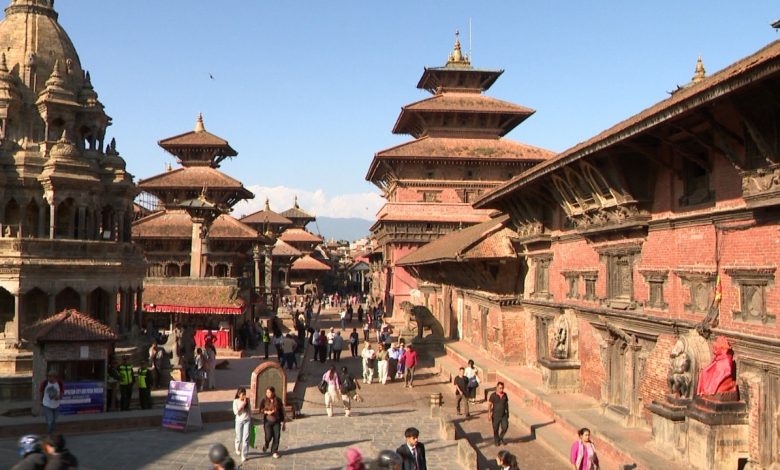
Bijeta Bhandari
Long before the American urban sociologist Ray Oldenburg popularized the concept of third space and made a discourse for the importance of informal and easily accessible public places, Nepal’s traditional third spaces had existed for centuries.
In his 1989 book ‘The Great Good Place’, Oldenburg defined third space as “a generic designation for a great variety of public places that host regular, voluntary, informal, and happily anticipated gatherings of individuals beyond the realms of home and work”.
Across many parts of the world, these third spaces have often manifested in the form of cafes, pubs, libraries, parks and so on. While those can also be found in Nepal, the ideas of informal public gathering spaces for socialization have been built into its cultural and architectural foundation itself.
“In the context of Nepal, [third space] is found to have been present even in the 16th century during the time of Malla kings,” says Deepak Shrestha, an Urban Planner and Civil Engineer.
“In the capital city, people have become so isolated in their day-to-day lives that they become isolated. In order to get over that, explore, and freshen up, [third spaces] are essential.”
This refers to the case of the traditional third spaces found amidst the temple courtyards, neighbourhood chowks, and palace squares in Kathmandu Valley, which have been woven into the fabric of the country’s history and culture. This traditional architecture and city planning fostered especially during the times of the Licchavi dynasty (c. 450–c. 750 CE) and the Malla dynasty (c. 1200-c. 1769 CE), who ruled over Kathmandu Valley and its surrounding areas in the past.
The Palace Squares of Kathmandu Valley:
On any given day, in public spaces like the Kathmandu Durbar Square, one can find locals basking in the sun on the temple steps, students chasing away the cold with a cup of tea just before their morning classes, or local shopkeepers gathering in the evening after a long hard day of work.
“I come here often since I live nearby. Kathmandu itself is cramped and we have a limited number of public spaces. Among those, I think this space is good for people of Kathmandu to have fun, spend time with the family and to just freshen up while sitting and enjoying the UNESCO World Heritage sites from here,” says Hirendra Shahi, a regular visitor of the Square.
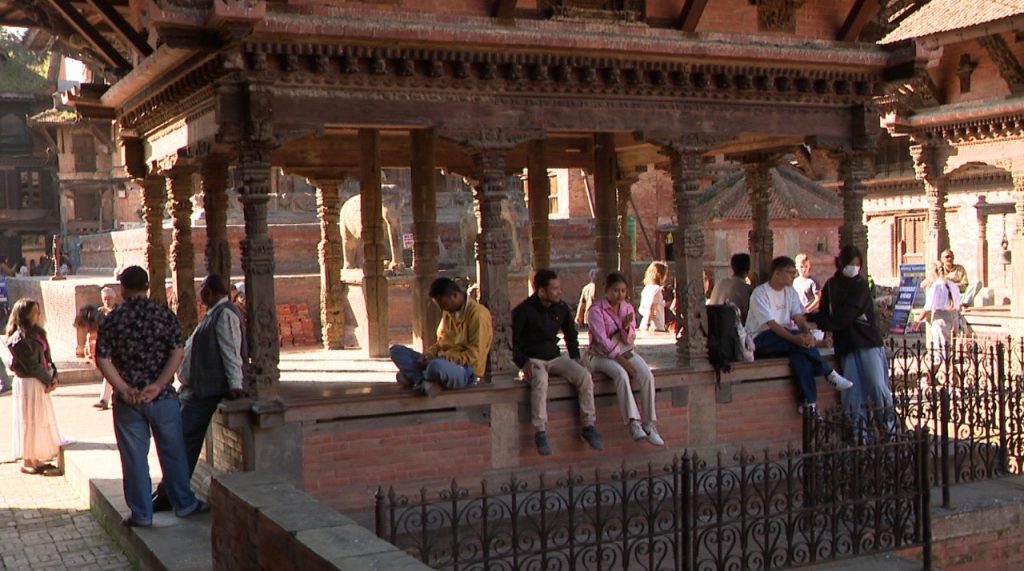
For college students like Diya Dahal, these free and easily accessible spaces have been a source of respite. “In the capital city, people have become so isolated in their day-to-day lives that they become isolated. In order to get over that, explore, and freshen up, [third spaces] are essential.”
Within these types of third spaces, the social and spiritual aspects often co-exist. Within the Kathmandu Durbar Square itself, one can find the Shiva-Parvati temple, Hanuman Dhoka Palace, Nasal Chowk, and the Kumari House, to name a few, all of which carry great religious and spiritual significance.
In the hustle and bustle of modern urban life, it is important that these traditional third spaces are preserved as a part of our history, living heritage, and as an unmissable social aspect of the people who visit to build social connections.
Beyond these grand palace courtyards, the surrounding traditional neighbourhood also have their own junctions, built as a part of the people’s local daily lives, which people can enjoy as a family unit or as a part of smaller communal events.
Why They Matter
Kathmandu’s traditional third spaces consist of some of the most popular UNESCO World Heritage Sites, like the Kathmandu Durbar Square, Patan Durbar Square, and Bhaktapur Durbar Square to name a few. These spaces, however, are not just relics of the past, but still very much a part of the Kathmandu Valley’s contemporary social life.
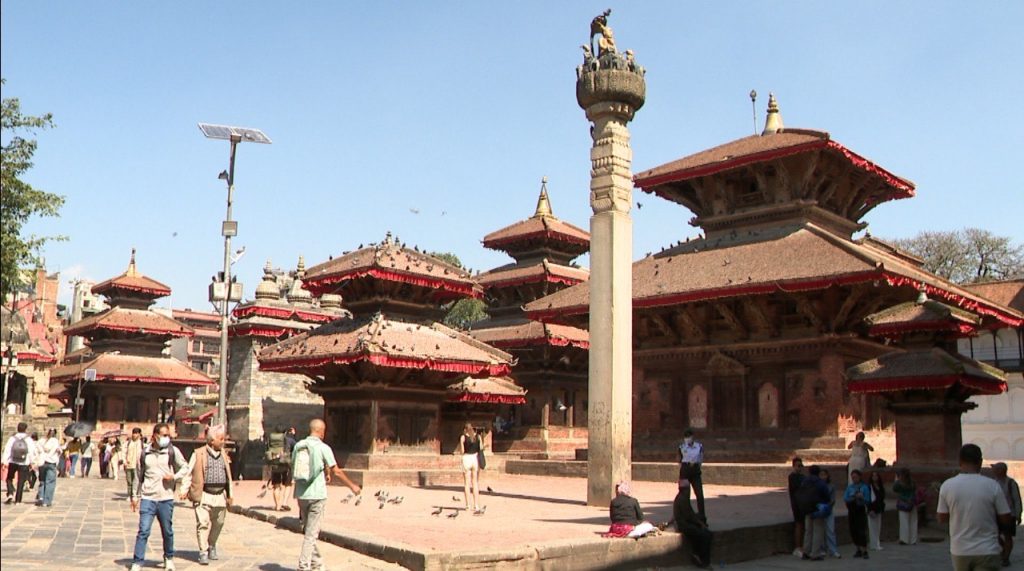
In the hustle and bustle of modern urban life, it is important that these traditional third spaces are preserved as a part of our history, living heritage, and as an unmissable social aspect of the people who visit to build social connections.

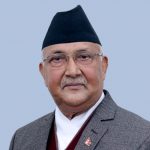
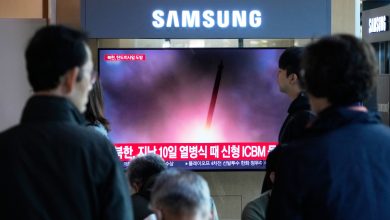
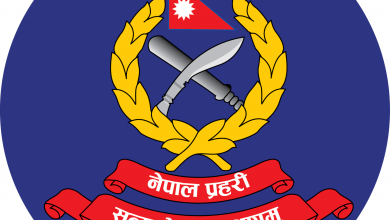

Comments